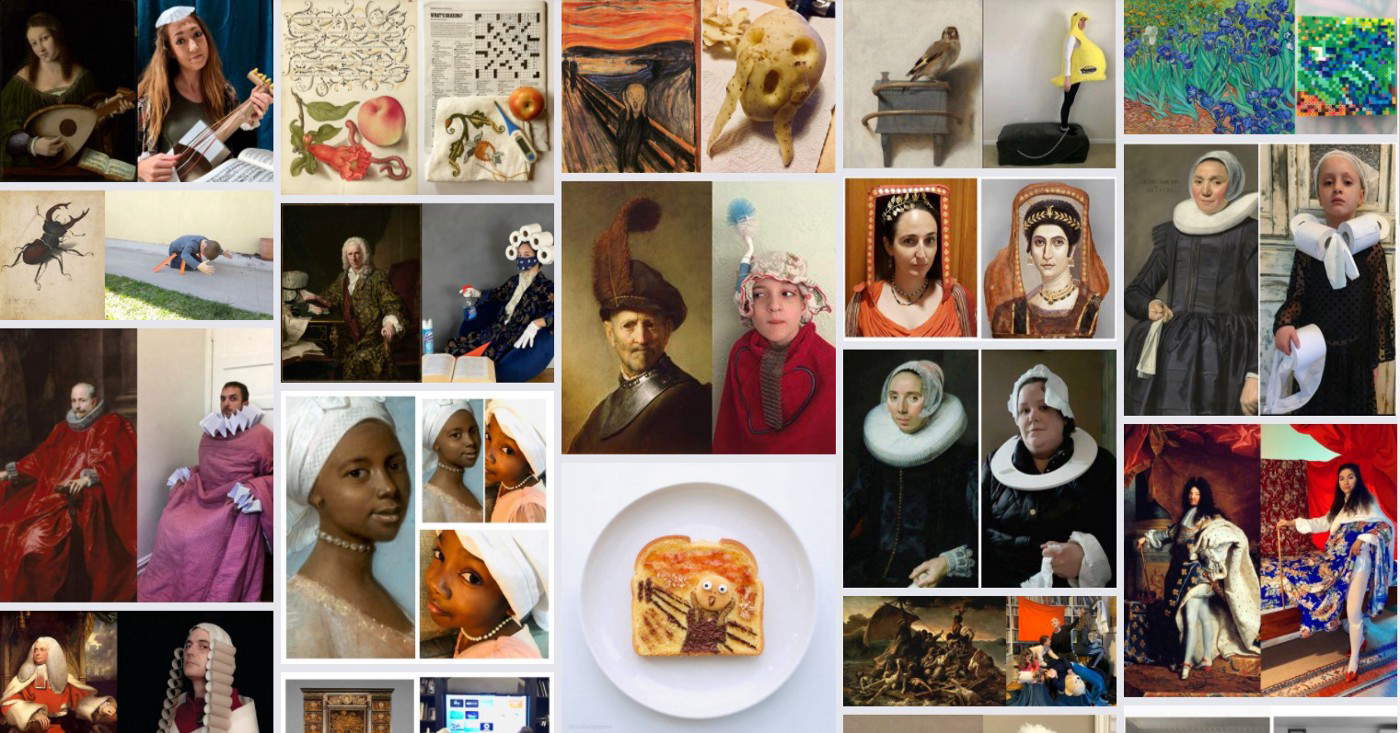Let’s get straight to the point. Linguistically, the word phygital is a combination of the words physical (“physical”) and digital (“digital”) to indicate the ever-increasing experiential intersection and fusion between these two worlds. In other words, the term refers to the ways and means by which these two realms-physical and digital-have merged into each other, and as a result it is increasingly difficult to inhabit them separately. The term is not new. It was coined back in 2013 by Momentum, an Australian branding and marketing company, but has gained popularity recently, particularly in the aftermath of the Covid-19 pandemic.
And so far so good. Phygital would refer to the dialectic, interface, overlap and contamination between physical and digital. But how would the two worlds come together? To what extent and in what form would the phygital museum experience present itself, and what kind of interface would it have? Would the physical element be the dominant element while having a comfortable overlap with the digital? Or would phygital be primarily digital with a physical overlay?
I would like to propose five possible scenarios that could inform our response to these legitimate questions. These scenarios were developed as a result of the Futures Hybrid Strategic Scenario Method proposed by Riel Miller, currently head of Futures Literacy at UNESCO, back in 2007, and consisting of a three-step methodology. The five scenarios identified should not be read and understood as separate categories, but as of something more akin to modalities, or something we might perhaps call the “phygital museum scale,” against which to measure phygital museum experiences.

This scenario refers to a physical museum space with a digital presence. Museums that classify themselves in this scenario are usually small- to medium-sized museums with a token online presence that provides general information that serves the purpose of promoting the experience within the physical museum space. Museums with superficial digital campaigns, symbolic websites, and content that is offered in the same way regardless of whether it is used for physical or digital can be associated with this scenario.
This scenario would refer to a physical museum experience extended to digital, where the character and content of each of the two worlds are virtually the same. A good example of this category involves museums with virtual tours that are, in effect, an extension of the physical experience. With virtual tours, the physical visit is entirely replicated in the digital. It is but an online twin of the physical experience, although by comparison it is relatively limited given its dependence on camera viewpoints.
This scenario would refer to the digital as a pointer to the physical museum experience. In this case, the character of the digital content is different from but also complementary to the physical museum experience. This scenario shows the digital complementing the physicality of the museum experience, serving to subtly promote the content within the physical museum space. A good example of this scenario is the Getty Museum Challenge (now also a publication), which invited museum audiences at home to engage with content found within the physical museum space.
This scenario refers to the balance between digital and physical with each experience potentially autonomous though complementary to one another. Transmedia thinking, which museums are increasingly attracted to, would fit exactly into this scenario. The museum experiences that can be classified within this scenario would be those dispersed across multiple platforms, which can also be experienced individually or collectively as a global crossmedia experience. The idea of a cross-platform museum is currently being studied by theAustralian Center of the Moving Image, but there are not many other museums to mention that are seriously considering this phygital experience.
This scenario refers to a full-fledged digital experience with a symbolic physical presence that would relate to material culture or a museum exhibit but could be taken to the extreme so as to reference the physical location of the hardware. This predominantly digital scenario, which still affects only a very small number of museums, is the one that emerged largely unscathed from the Covid-19 debacle. One of the very few museums that would fall into this category would be The Museum of Portable Sound, which is also an ICOM member in its own right.
These five scenarios carry with them a list of caveats; I choose to list three. First, there is no ideal scenario to consider. The phygital museum scale simply serves the purpose of helping museums understand much more about the scope and purpose of digital in relation to physical. There may be circumstances where digital is not necessary or possible due to technical issues such as poor internet coverage. It may also be the case that museums willingly jump from one scenario to another as digital literacy continues to increase steadily.
Second, the ideal mix of digital and physical remains subjectively relevant to the specific museum and will depend on the specific context within which a given museum relates. There is a potentially strong connection between museums and audiences that is entirely within the museum’s mandate to define and sustain. Relevance is also about understanding phygital as a means to an end rather than an end in itself. Third, it may be that some museums prefer an approach at the intersection of two scenarios, recognizing the goals of one and overriding those of the other. It may also be the case that some of the experiences that fall under one scenario may be repurposed or reused for another.
There is more to read in my latest article published in the peer-reviewed journal Museums International.
Warning: the translation into English of the original Italian article was created using automatic tools. We undertake to review all articles, but we do not guarantee the total absence of inaccuracies in the translation due to the program. You can find the original by clicking on the ITA button. If you find any mistake,please contact us.